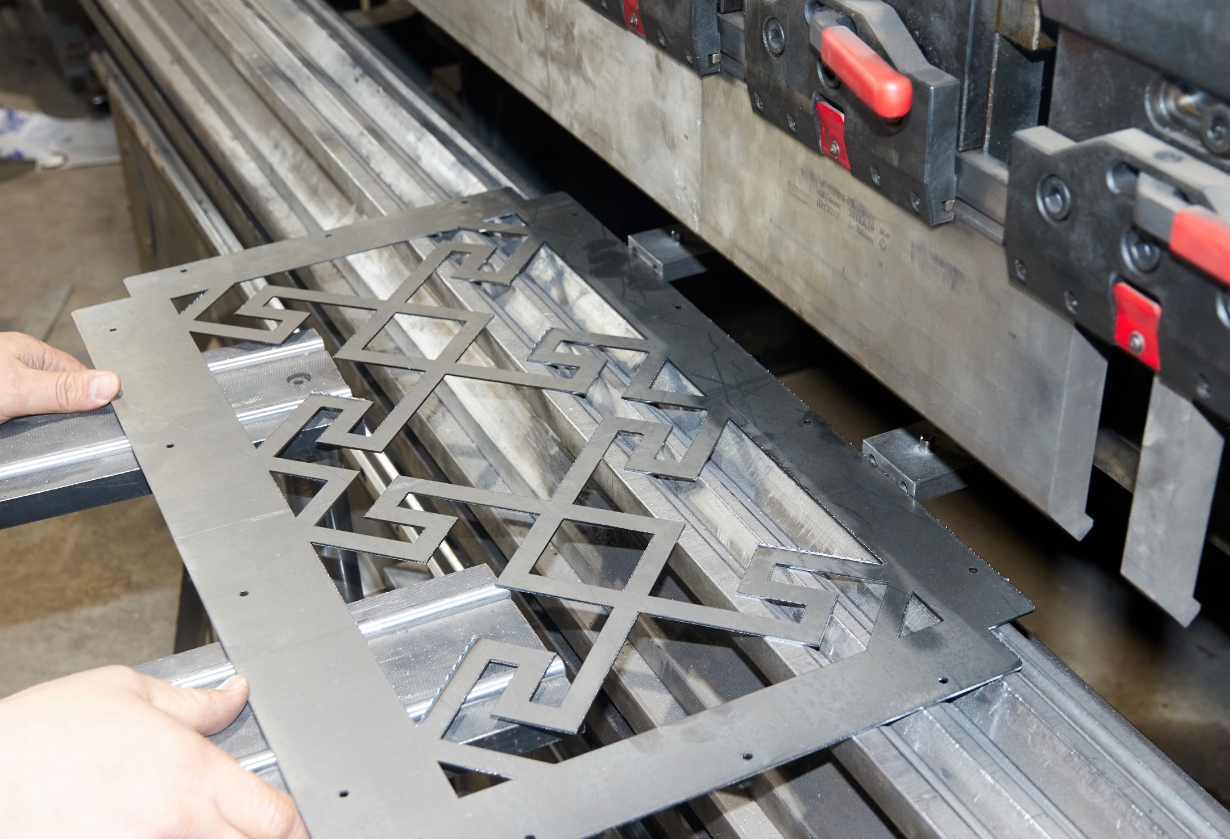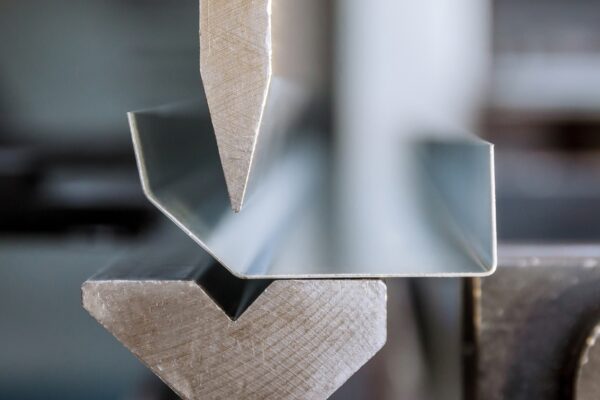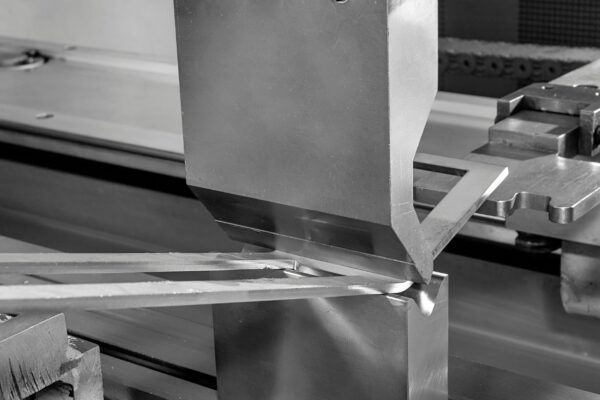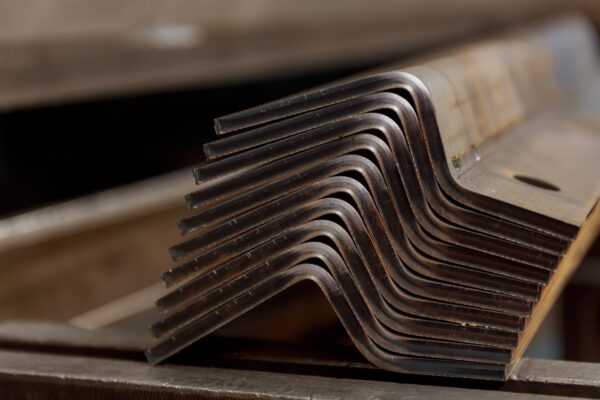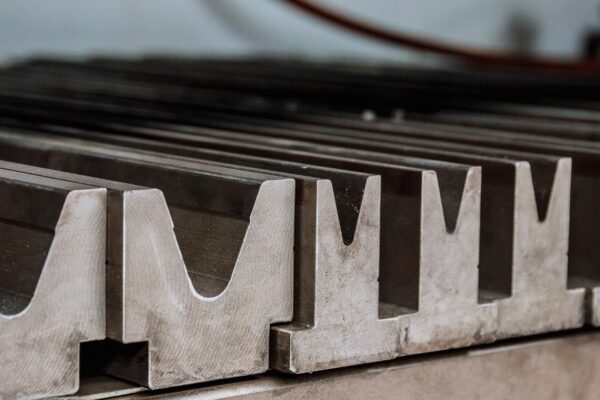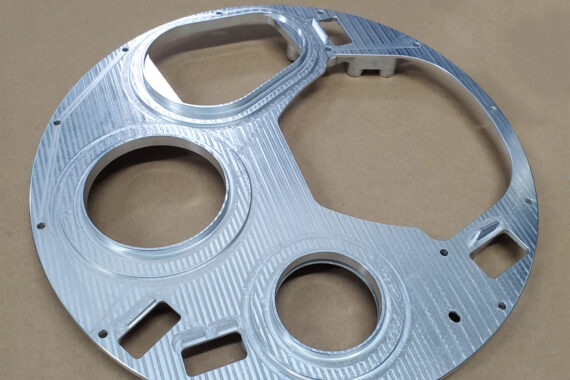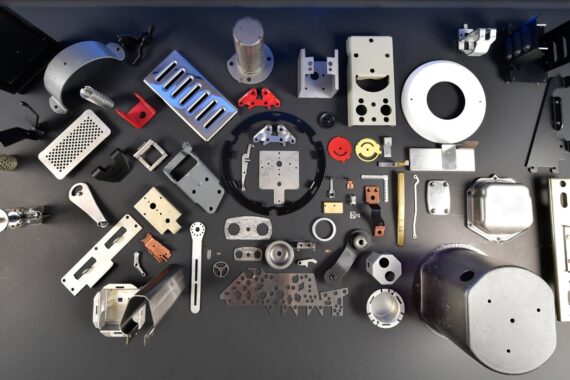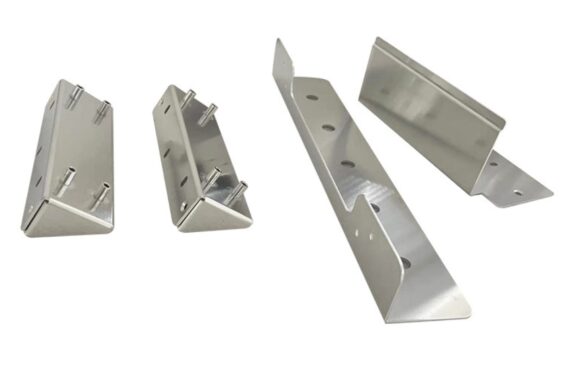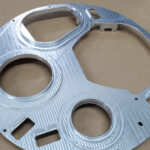Boyi Custom Automation equipment spare parts manufacturer provides customers with original quality, low-cost replacement...
Sheet metal bending is a metal plate processing technology formed by pressure processing of sheet metal materials during the manufacturing process according to design requirements. Mechanical equipment is used to pressure bend the sheet metal to achieve the final processing requirements. Sheet metal bending is generally processed using a professional bending machine.
Sheet metal bending can produce sheet metal products of various shapes, lengths, sizes, and shapes. This process can transform single or multiple sheet metal sheets into parts with different geometric shapes, high precision, and high strength that meet specific requirements.– Sheet Metal Bending Processing Manufacturer
Sheet Metal Bending Manufacturing
Before bending sheet metal, the corresponding angle, pressure, and line speed must be set on the machine to ensure the processing quality.
Usually, the sheet metal to be bent must be cut into the appropriate size and shape before it is placed in the clamp of the bending machine. Next, the clamp will make the sheet metal thoroughly contact the upper and lower dies of the bending machine, and then it will be processed by the machine. After processing, the processed parts are clamped out for the next assembly or processing.
Types of Sheet Metal Bending Processes
- Partial bending uses an upper die below 88 degrees and a lower die with V=12t (V represents the groove width, and t represents the material thickness) to perform right-angle and obtuse-angle bending.
- Close bending is a method of bending at right and obtuse angles using a 90-degree angle. The lower die for close bending uses V=6~12t.
- The embossing bending is performed at 90 degrees; the upper die is used for right-angle bending. (It is a standard right-angle bending) The lower die of the embossing bending is selected to be V=5~6t.
Principles of Bending Process Sequence
- Bend from inside to outside.
- Bend from small to large.
- Bend unique shapes first, then general shapes.
- The previous process does not affect or interfere with the subsequent process after forming.
About Bending mold
The bending mold is made of high-quality steel after special heat treatment. It has the characteristics of high hardness, not easy to wear, and high-pressure resistance.
However, each set of molds has its limit pressure: tons/meter. Therefore, when using the mold, the length of the mold must be selected correctly, that is, how much pressure should be added per meter, and it must not exceed the pressure marked on the mold.
- Bending molds include L-type, R-type, U-type, Z-type, and other bending types.
- The upper molds mainly have different angles, such as 90 degrees, 88 degrees, 45 degrees, 30 degrees, 20 degrees, and 15 degrees.
- The lower molds have double slots and single slots with different slot widths of 4~18V, as well as R lower molds, sharp-angle lower molds, flattening molds, etc.
- The upper and lower molds are divided into segments and wholes: the upper mold segments are generally 300mm, 200mm, 100mm, 100mm, 50mm40mm, 20mm, 15mm, and 10mm, and the whole is 835mm.
- The lower molds are generally divided into 400mm, 200mm, 100mm, 50mm, 40mm, 20mm, 15mm, 10mm, and the whole is 835mm.

